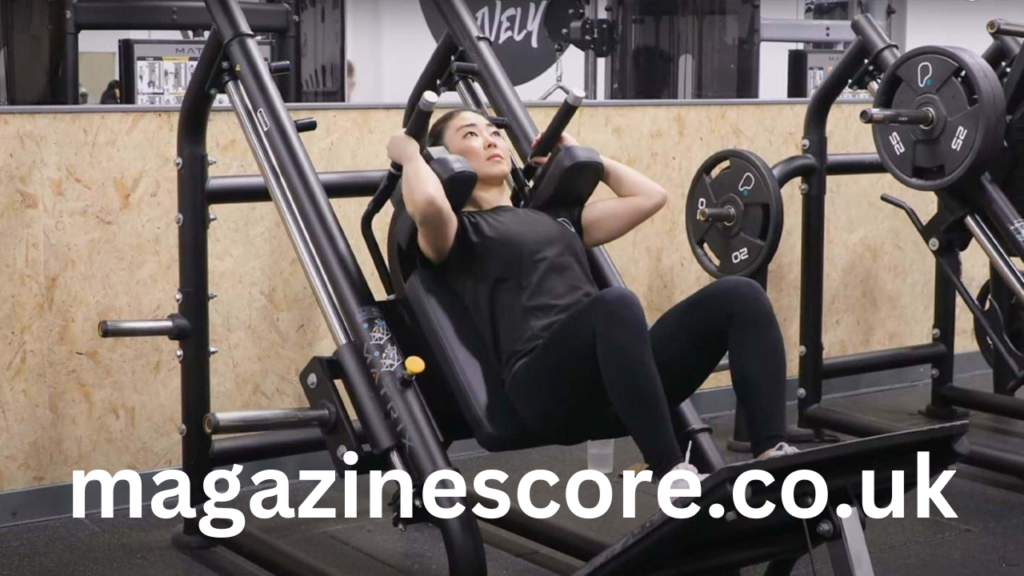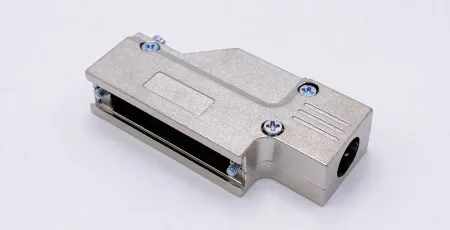The hack squat machine is a staple in modern gyms for those seeking to build strength, size, and power in the lower body. This machine is designed to mimic the classic squat movement, but in a way that provides additional support and stability, allowing users to isolate their quadriceps while still engaging the glutes, hamstrings, and calves. Whether you’re a beginner or a seasoned athlete, incorporating the squat machine into your training routine can bring a wealth of benefits. In this article, we will explore what a hack machine is, how to use it, the benefits of the exercise, common mistakes to avoid, and other essential details that will help you achieve your fitness goals.
What is a Hack Squat Machine?
A hack machine is a piece of gym equipment used for performing a variation of squats that emphasizes the quadriceps. Unlike traditional free-weight squats, which require balancing a barbell across the shoulders, the hack squat machine guides the body through a set path of motion. This guidance helps reduce the risk of injury and allows users to focus on the muscle group being worked.
The machine is typically composed of a slanted platform where the user places their feet. The backrest and shoulder pads support the upper body during the movement, ensuring the user maintains a safe and controlled posture. A weight stack is usually attached to the machine, allowing the user to adjust the resistance as needed.
The movement itself involves the user pushing the platform upward by extending the knees, simulating the squatting motion. The machine’s design typically has the user in a more upright position compared to a traditional squat, which places greater emphasis on the quadriceps while still engaging the glutes and hamstrings.
How to Use a Hack Machine
Using a hack machine is relatively simple, but it’s essential to use proper form to maximize the benefits and avoid injury.
1. Set Up the Machine
Before beginning your set, make sure the machine is properly adjusted for your body. This may involve setting the seat height, adjusting the shoulder pads, and ensuring the weight stack is at the desired resistance.
- Seat Height: The seat should be positioned so that your knees are at a 90-degree angle when your feet are on the platform. If the seat is too high or too low, it can lead to poor form or discomfort during the exercise.
- Shoulder Pads: The shoulder pads should rest comfortably on your shoulders, not on your neck. Make sure they are positioned at a height that allows you to maintain an upright posture without straining your neck or back.
- Weight Adjustment: Set the weight on the machine to a resistance level that challenges you but still allows for controlled movement. Beginners may want to start with lighter weights to focus on technique.
2. Position Yourself on the Machine
- Step onto the platform and place your feet shoulder-width apart, with your toes slightly pointed outward.
- Position your shoulders under the shoulder pads and adjust the backrest if needed.
- Make sure your entire back is pressed against the backrest for stability and comfort.
3. Engage Your Core
Before initiating the movement, engage your core by pulling your belly button toward your spine. This will provide stability to your torso and help prevent any unwanted movement during the exercise.
4. Perform the hack squat machine
- Lowering Phase: Slowly bend your knees and lower the platform towards your body. Your knees should track in line with your toes, and your heels should stay flat on the platform.
- Depth: Aim to lower the platform until your knees are at about a 90-degree angle. Depending on your mobility and strength, you may go deeper, but avoid letting your lower back round or your knees go too far beyond your toes.
5. Push Back Up
- Once you’ve reached the lowest point of the movement, push through your heels and extend your knees to return to the starting position. Be sure to keep your core engaged and avoid locking your knees at the top of the movement.
6. Repetition
Repeat the movement for the desired number of repetitions, typically ranging from 8 to 12 for muscle hypertrophy or fewer for strength-focused training.
Benefits of the Hack Squat
The hack squat offers several advantages over free-weight squats and other leg exercises. Below are some of the primary benefits of incorporating the hack squat into your fitness routine.
1. Improved Quadriceps Activation
The hack squat machine places more emphasis on the quadriceps compared to other squatting variations. The angle of the platform and the positioning of the body create a greater knee extension, which leads to increased activation of the quads. This makes it an ideal exercise for anyone looking to build larger, more defined thighs.
Previous article; River plate vs Mexico A Historical Football Encounter
2. Reduced Risk of Injury
One of the primary advantages of using the hack squat is the added support and stability it provides. Unlike free-weight squats, which require significant balance and coordination, the machine guides the movement along a fixed path. This reduces the likelihood of using poor form, which can lead to knee, back, or hip injuries. It’s particularly beneficial for beginners who may not yet have mastered squat techniques.
3. Focus on Muscle Isolation
The hack squat allows for more isolation of the quads, which is beneficial if you’re trying to specifically target this muscle group. Since the machine supports the upper body, the legs can perform the majority of the work, allowing for more controlled movements that engage the quads effectively.
4. Greater Control Over Range of Motion
The machine’s fixed path helps users maintain a consistent range of motion, preventing any jerky or erratic movements that could strain the body. This makes it easier to maintain proper form and get the most out of each repetition. The machine also allows users to adjust the angle of the platform to suit their individual range of motion and flexibility.
5. Reduced Pressure on the Spine
In traditional squats, the barbell rests on the shoulders, putting direct pressure on the spine. With the hack squat , there is no barbell, and the backrest provides support for your spine. This helps reduce the risk of spinal compression or strain, making it a safer option for those with back issues.
6. Variety and Convenience
Using the hack squat adds variety to your leg workouts. It can be used in combination with other squat variations or as a standalone exercise. For those who may find traditional squats difficult due to mobility or balance issues, the hack squat provides a more accessible option. The machine is easy to use and requires minimal setup, making it an excellent choice for anyone looking to enhance their lower-body training.
Common Mistakes to Avoid on the Hack Squat Machine
While the hack squat can be an excellent tool for building leg strength and size, it’s important to use it correctly to avoid injury and maximize results. Here are some common mistakes to watch out for:
1. Placing Feet Too High or Too Low
The position of your feet on the platform plays a crucial role in how effectively you target the muscles. Placing your feet too high on the platform can lead to less activation of the quadriceps, while placing them too low can place unnecessary stress on your knees. Aim to position your feet shoulder-width apart with your toes slightly turned outward to ensure proper alignment.
2. Not Engaging the Core
Failing to engage your core during the movement can lead to instability, especially when lifting heavy weights. Always tighten your core before you begin each repetition and maintain that tension throughout the movement. This helps stabilize your torso and reduce the risk of injury.
3. Allowing the Knees to Cave Inward
During the squat, be mindful of your knee positioning. Your knees should track in line with your toes. Letting your knees cave inward can put excessive strain on the knees and increase the risk of injury. Focus on pushing your knees outward slightly to maintain proper alignment.
4. Going Too Heavy
While it may be tempting to load up the hack squat with heavy weights, using too much resistance can compromise your form and lead to injury. Focus on maintaining good technique with a moderate weight before progressing to heavier loads. Gradually increase the resistance as your strength improves.
5. Locking the Knees at the Top
At the top of the movement, avoid locking your knees. Locking the knees can put unnecessary stress on the joints and reduce muscle activation. Keep a slight bend in your knees at the top of the movement to maintain tension on the muscles and protect the knee joints.
Conclusion
The hack squat machine is an invaluable piece of gym equipment for anyone looking to improve lower body strength and size. Its unique design allows for greater isolation of the quadriceps, improved safety, and enhanced control over movement. Whether you’re new to squats or looking to add variety to your leg training routine, the hack squat offers a safe and effective way to build muscle and strength in the legs. By understanding how to properly use the machine and avoiding common mistakes, you can ensure that your workouts are productive and injury-free, ultimately helping you achieve your fitness goals.









